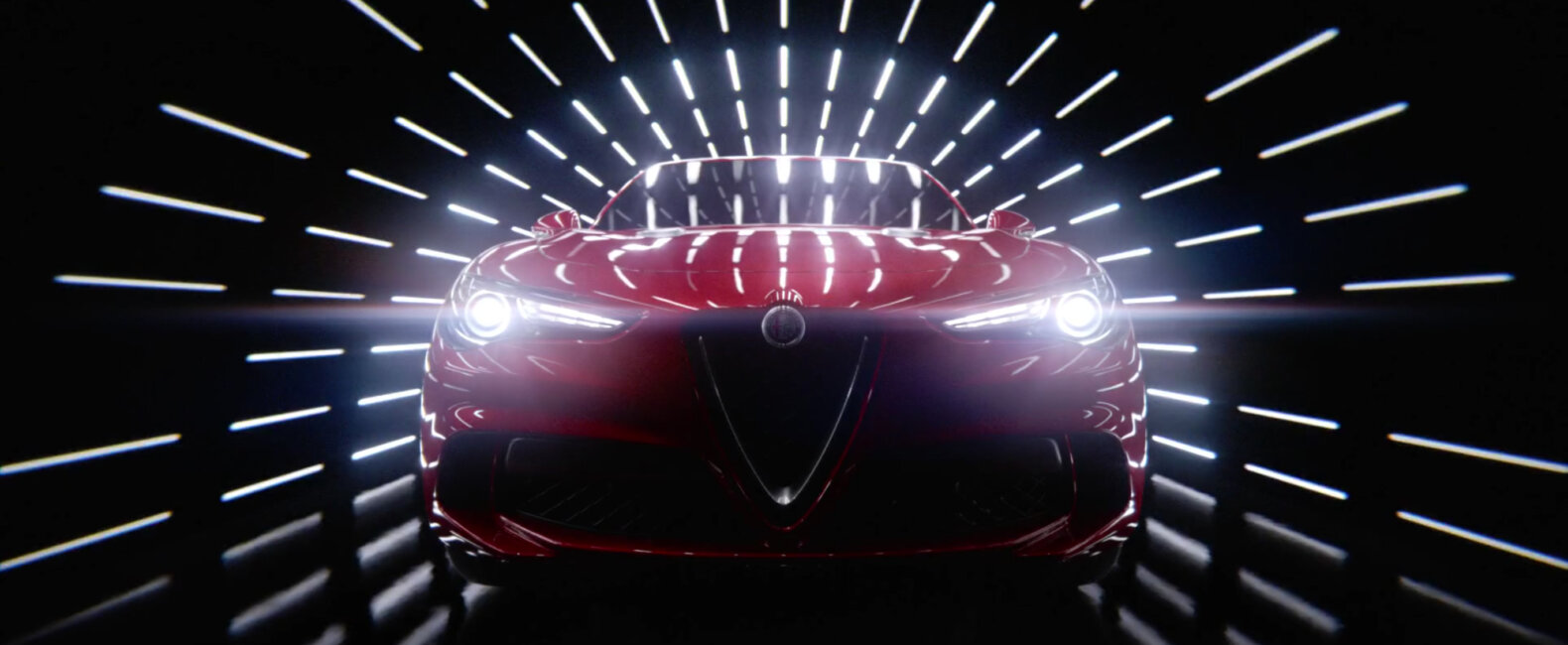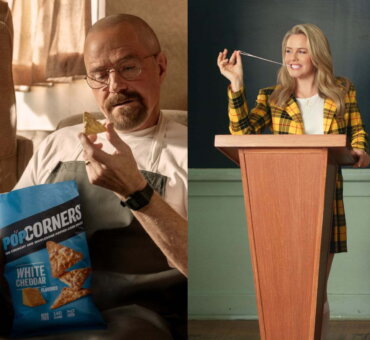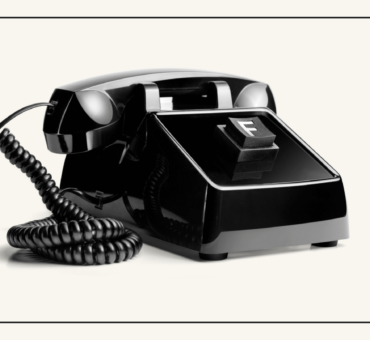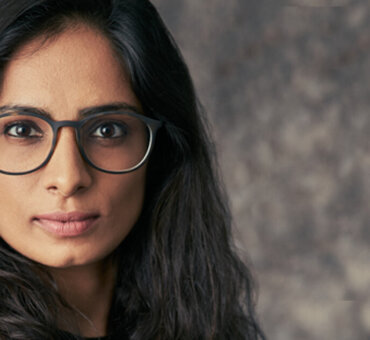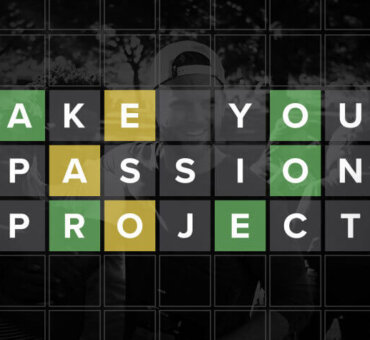If you’ve seen one car commercial, you’ve seen them all. At least until you’ve seen this new Alfa Romeo spot created by Mono and edited by Whitehouse Post’s Brandon Porter. “The magic of this piece is that it’s so different,” Brandon told us. “I’ve never seen a car spot be this way.” The 60-second, frenetically paced ad features an original spoken-word slam poem, a phantasmagoria of European high-society imagery, and a breakneck sprint up Italy’s iconic and treacherous Stelvio Pass. The ad is a metaphor for the car: both are like nothing else.
We talked to Brandon Porter about the editing of “Whoa There.”
Origins
This particular project started a year ago. Alfa Romeo wanted to make a spot for their new car, which at the time was the Giulia. I had a relationship with Mono, the agency that was pitching the project, and we cut with these rips of what we wanted the spot to be. Initially there were about five different ideas that I’d cut together. About a month later, we found out we’d won the job. And I’ve got to give credit to the agency up front. They did all the writing, came up with all the lyrics — it was an amazing idea. Without that song, the piece wouldn’t be close to what it is. Anyway, the twist was that after we’d won the job, we found out they wanted the spot to be about the Stelvio instead — the SUV that ultimately ended up in the spot.
Working Backward
This job was very different than most I’ve done. Ninety percent of my jobs don’t start off with me doing rips. But this one did. The agency had all these scripts they’d written, so my assistants and I scoured the Internet for footage to match. We spent hours and hours and hours. We didn’t want it to feel like a rip. We wanted it to feel like the final spot. The nice thing was that once the rip was done, we had a road map for what we were going to shoot. When the project eventually got green-lit, we basically went out and shot as close to the rip as possible. We had to look at what I’d done shot by shot, and then decide which of them we could pull off in camera, which would need to be stock, and which would have to be CGI. For the car, every shot is CGI. There wasn’t a Stelvio ready for the aggressive stunt moves we needed for the shoot, so we shot the sport sedan version of the car, the Giulia. Then our friends at Framestore eventually replaced it with the Stelvio. They worked some crazy magic. They’re incredible.
Filmsupply: How did you decide what the imagery would be?
In the beginning we had the script with the lyrics, so basically we went through it and said, “Okay, what do we want to see here? What do we want to see here?” There wasn’t a treatment that specified this shot, then this shot, then this shot. It was more like, “Here’s the vibe we want to go for, here’s the mood we’re trying to sell, let’s make that happen.” At one point we had a version that was littered with celebrities with some really comedic stuff. But in the end, it came down to this. We basically went back and forth on ideas. I’d pull together stuff to show the agency, and they’d be like, “No, we’re going for this, this, and this.” Then I’d go back and change it. We slowly molded this thing over the course of a year.
Is there a narrative here? What holds the imagery together?
The only narrative we wanted to tell was the car getting to the top of the Stelvio Pass, which is what the car is named after. It’s this two-lane road with these insane switchbacks and barely enough room for one car. People haul ass up there on cars and motorcycles. So we wanted to show the car charging that hill. Climbing the mountain. And in the end, getting to the top. But as far as everything else, there really wasn’t an intention to have a narrative. It was more wanting to convey a feeling, a lifestyle, emotion, something very Italian. We also wanted a lot of visceral stuff to help break it up and give it just a bit more energy.
Pace
The song is so rhythmic that it would be easy to fall into a habit of cutting exactly to the beat every time. That would be a bit boring. And of all things, this spot could not be boring. So the cutting does follow the pace of the lyrics and the beat for much of it, but there are moments that are much quicker, where we break up the pace. We even changed up the song and added some breaks because we didn’t want it to be monotonous. We wanted the whole piece to have flare.
Shooting
I ended up going on the shoot because we had to lock visual effects plates fast. I had to be there to start cutting stuff in, to figure out the pacing. Even though we had the rip, it wasn’t exactly the same when it came to building the final piece. We had a road map, but there was still some freestyling that had to happen.
What are some of your favorite shots that people might miss?
The shot of the girl walking in the woods [0:30] is one of my favorites. I wish I had more time to let that play out. It’s this magical moment. I messed with letting it play longer, but it never felt right. It slowed the piece down. Then there is the couple on horseback [0:22 and 0:29]. They’re wearing these high-society Italian masks. You don’t notice it because it’s so fast. And actually, in the second moment from that scene — when the horse is bucking — that was supposed to be a shot of the car’s engine. But I put in the shot of the horse bucking instead, because it was more interesting. That’s how it snuck in there.
What’s your process for deciding what stays and what goes?
The main thing is deciding what tells the story the clearest and the quickest. Especially on a project like this. You don’t have time for things that take longer than a second — or even half a second — to recognize what it is. If it doesn’t register immediately, it doesn’t work. Try something else. The main thing is what tells the story. That’s true with everything I work on. There are always cool shots I want to keep, but what are they buying me? What does that shot help me do? Is it helping me tell the story? Or is it there just because I think it’s cool?
Normally my process for picking shots starts with the dailies. As I’m screening them, I make my selects. Then once I’ve made all my selects, I go back and make my super selects. Then I start making a timeline, putting down the shots. As I put down the shots, the piece starts coming together in my head, and I start moving things around.
That’s how it went with this piece too, although it was much faster because I’d already done the rip. We knew exactly what we needed and where it would go. I was doing more fine cutting. Even then, though, there were dailies I had to look through, there were selects I had to make. I’d basically get all the footage from the day, go back to my hotel room, and start cutting. By the time I went to sleep, I’d have a mix of footage I’d ripped from the Internet and the things we’d shot that day. I’d show it to the agency, we’d talk about it, and that would influence what we shot the next day. We did that every day for three days. By the time we left Italy, we had a version of the cut to show the client. We’d sent it to them by the time our plane took off. Then I went to Minneapolis and did an additional four days of cutting and revisions, but it wasn’t much, to be honest. Little things here and there. Trying different takes. But overall, the cut we left Italy with was pretty much the final cut.
How do you take a piece from 90% awesome to 95% awesome?
Honestly, what helps me take a piece to the next level is stepping away from it. Pencils down, everyone. Go to sleep. Do something else. Most of my ideas happen when I’m not thinking about work. I can be riding my motorcycle or hanging out with friends, and something will happen that makes me go, “Oh, right, that’s what’s going to work.” It just clicks. Everyone needs to give their brain a break.
When do you know a piece is coming together?
It’s funny because every time I start a job, I freak out internally. I have this massive freak-out. And as I’m freaking out, the dailies come in. Day one, day two, day three go by, and I’m looking at the footage. I’m thinking, Okay. All right. And I begin putting my timeline together. Then I start to see it. And once I start seeing it in my timeline, that’s when it all clicks. But until that moment, I have no idea if the piece is going to come together. I freak out. Without fail. Every time. That’s my process.
How has your technique changed over the years?
I look at shots differently now. I always ask myself, Is this a story moment? I used to be a little looser with my edits. I let things play out a little too long. So I’ve learned to be much tighter when necessary. I also had someone tell me, “Don’t think too much about what you’re doing at first. Just try to feel it out.” A combination of those three things is what has pushed me in the direction where I’m at now. The work I do is fast paced, moody, emotional. Which you can see in this ad.
